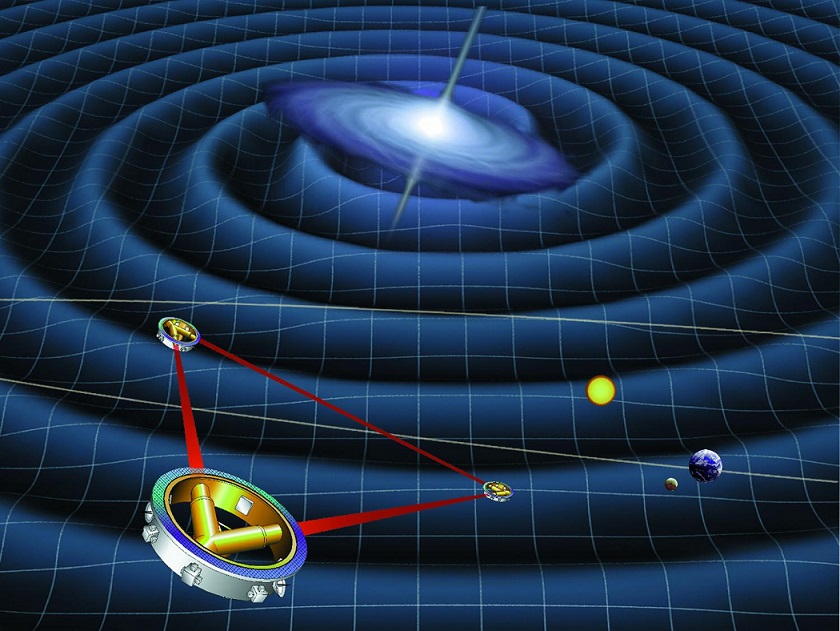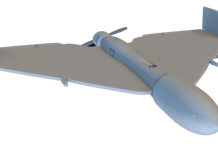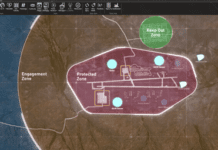This post is also available in:
 עברית (Hebrew)
עברית (Hebrew)
At almost every wavelength, electromagnetic antennas can detect and record waves and create images at radio, microwave, infrared, visible, and x-ray frequencies. However, there is a blind spot in this spectrum, because the technology is still in its infancy to detect radiation with a wavelength of between 1 and 0.3 millimeters and a frequency of about a terahertz.
In attempt to offer a solution to this terahertz gap, a research team from the University of Munster in Germany has developed a revolutionary new imaging technique — compressed sensing — that is set to make this part of the electromagnetic spectrum more accessible. Applying the technique to terahertz waves is likely to change the way we see our world and the universe beyond, and it has security implications.
Terahertz waves pass through clothes but not through skin or metal. If your eyes could pick them up, people would appear naked but decorated with keys and coins or knives and guns. Terahertz frequencies are difficult to detect because they sit on the electromagnetic spectrum between microwaves and infrared light, and there is an important difference between the way these types of radiation can be detected.
Microwaves, like radio waves, are made by accelerating a charge back and forth at the required frequency. By contrast, infrared waves, like light, are made by making an electron in a suitable material jump between two electronic levels. This generates infrared light when the energy required to make the jump is equivalent to the energy of an infrared photon. The same process in reverse can also detect infrared photons.
Making and detecting terahertz waves is hard because they sit in the middle where neither technique works particularly well. Current terahertz detectors tend to be bulky, expensive, and hard to manage.
In recent years, the compressed sensing technique has taken the world of imaging by storm because it allows a single pixel to record high-resolution images, even in 3-D. It works by randomizing the reflected light from a scene and then recording it using a single pixel, passing the light through a digital array called a spatial light modulator that displays a random pattern of transparent and opaque pixels. The randomization process is then repeated and the light field recorded again, and the entire process is repeated many times to generate many data points.
According to technologyreview.com, at first it’s hard to see how this can produce an image — after all, the light field is randomized. But the data points aren’t completely random. Indeed, each data point is correlated with all others because they all come from the same source—the original scene. So by finding this correlation, it is possible to recreate the original image.
Until now, the only way to create a 2-D image was to use an array of terahertz detectors or to scan a single detector back and forth to map out the light field. But compressed sensing offers an alternative: using a single terahertz detector to record multiple data points through a spatial light modulator that randomizes the terahertz light. That works well for visible and infrared light, and numerous groups have begun to exploit it successfully.


























